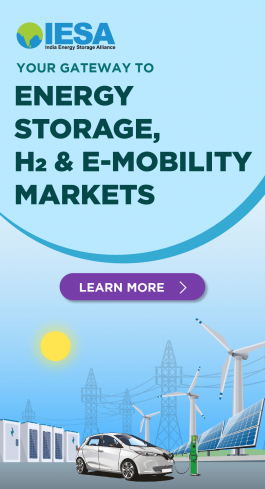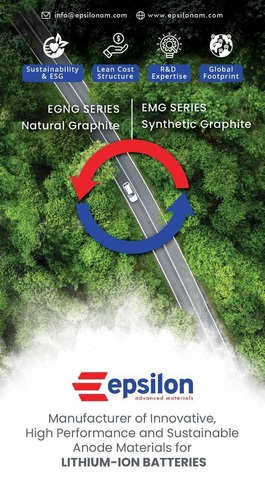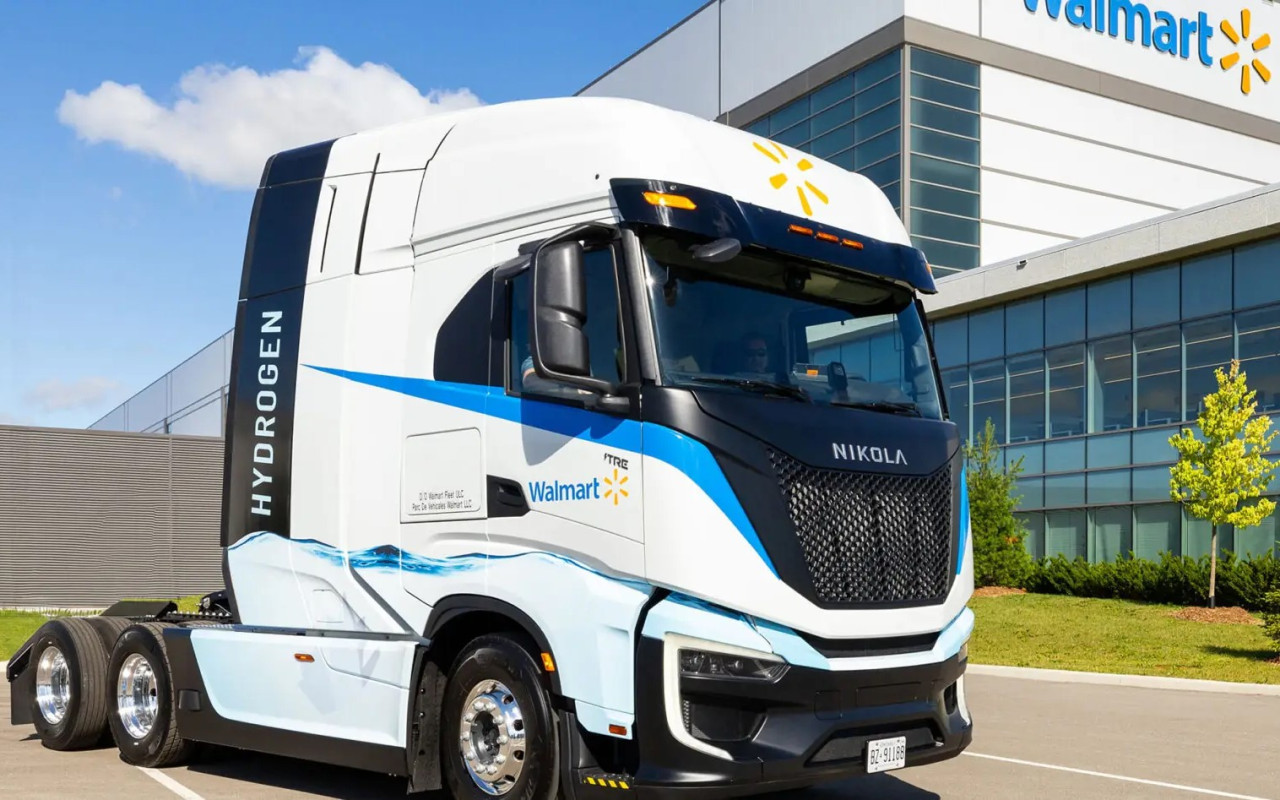U.S DOE awards $24.9 million for six projects to advance H2 tech
The US Department of Energy (DOE) has announced that it will award $24.9 million in funding for six research and development projects to support the advancement of clean hydrogen for electricity generation.
This includes improving the capture of CO2 associated with hydrogen production from carbon-based resources and technologies to use hydrogen in gas turbines more efficiently for electricity generation.
The six industry-sponsored projects will fast-track the development of technologies that will improve the performance, reliability, and flexibility of existing and new hydrogen technologies.
DOE's National Energy Technology Laboratory (NETL) under the purview of the Office of Fossil Energy and Carbon Management (FECM) will manage the selected projects:
The 8RH2 Process for Producing Clean H2 with Autothermal Reforming and Carbon Capture. 8 Rivers Capital, LLC will complete a pre-front-end engineering design study for a new hydrogen production plant equipped with 8RH2 technology to cost-effectively produce 100 million standard cubic feet per day of 99.97%-pure hydrogen and capture 90-99% of carbon dioxide (CO2) emissions. The study will evaluate three design cases implementing varying processes of the 8RH2 equipment and a CO2 separation unit. The captured CO2 (~600,000 tonnes/year) will be transported and stored at Painter Reservoir Gas Complex in Evanston, Wyoming, and the hydrogen product will be converted to ammonia for rail export to California. The project will deliver a detailed engineering package, including a Levelized cost of hydrogen for the three design cases.
Investigation of Ammonia Combustion for Turbines (IACT). Gas Technology Institute will establish a validated technical foundation for ammonia-fueled gas turbines that may strengthen the use of ammonia as a clean low-carbon fuel for electricity generation. The team will establish the foundational aspects of the physics of combustion of ammonia and ammonia-hydrogen mixtures through literature search, analyses, modeling, and experiments under gas turbine operating conditions. The team will use the resulting modeling data to design one or more gas turbine combustor prototypes, and complete fabrication and testing to confirm and validate combustion system performance and emissions estimates. Results could provide supporting data, guidelines, and design support tools for use by the original gas turbine equipment manufacturers for subsequent combustor component development and gas turbine integration.
Advanced Mixed Mode Combustors for Hydrogen F-Class Retrofit. General Electric Company will develop and test a retrofittable F-Class-staged combustor module with natural gas-hydrogen fuel mixtures ranging from 100% natural gas to levels of up to 100% hydrogen. The project will be based on the Micro Mixer (MM) and Axial Fuel Staging (AFS) technologies from GE's high-efficiency air-cooled combustion system. The project will optimize the combustor, enabling operation in two or more "mixed" modes to account for the dramatic changes in combustion behavior at higher hydrogen concentrations. A combustor module will be sized specifically for retrofit on F-class engines and will test full-scale MM/AFS concepts at relevant conditions. The results will allow GE to accelerate future full-scale pre-commercial F-class testing on hydrogen fuels and position these technologies for retrofit into the F-class installed fleet.
Demonstration of a Gas Turbine-Scale RDC Integrated with Compressor and Turbine Components at 7FA Cycle Conditions. General Electric, GE Research will develop, design, fabricate, and demonstrate the operation of a rotating detonation combustor (RDC) to substantially improve gas turbine efficiency for both simple- and combined-cycle power generation applications. The project will 1) demonstrate the feasibility and operability of hydrogen-fueled or hydrogen-enriched RDC at 7FA cycle conditions; 2) develop a low-loss thermal-steady-state RDC and demonstrate it at the 7FA cycle, and 3) integrate the low-loss thermal-steady-state RDC with turbomachinery components at upstream and downstream locations to demonstrate the system at 7FA cycle conditions. Project success will achieve the final step in applying an RDC in an actual gas turbine for power generation.
Development of Hydrogen Burner for FT4000 Aeroderivative Engine. Raytheon Technologies Research Center will develop a retrofittable combustor module for the FT4000 aero-derivative power generation gas turbine engine to enable efficient operation using hydrogen as a carbon-free fuel source. The team will advance the FT4000 combustor components for operation with hydrogen, starting with an experimental assessment of the current hardware with increasing hydrogen content in natural gas, and ending with 100% hydrogen at full baseload temperature and pressure conditions. The team will first determine the limit of hydrogen content in natural gas that can be safely fired in the current FT4000 fuel nozzle/burner, then conceptualize design elements that either help separates the flame from the burner surface or provide sufficient cooling for full life operation. The team will test these design elements in high-temperature rigs to evaluate their effectiveness.
Low-NOx, Operable Ammonia Combustor Development for Zero-Carbon Power (LOAD-Z). Raytheon Technologies Research Center will develop and demonstrate an ammonia combustor for power-generating turbines that can provide low nitrous oxide (NOx) emissions, with robust operability and stability for greater than 99.99% combustion efficiency. The team proposes to generate fundamental and engineering data for ammonia combustion at gas-turbine-relevant conditions and apply this learning to the low-NOx combustion of ammonia.
The team plans to 1) progress the technical understanding of ammonia combustion by acquiring and analyzing ammonia combustion data at conditions relevant to gas turbines; 2) develop high-quality data sets to enable the development of a gas-turbine combustor capable of efficient, high-temperature, stable, low-NOx operation on high-purity ammonia fuel; and 3) develop ammonia combustor technology that meets performance targets for low-NOx and high efficiency.






















